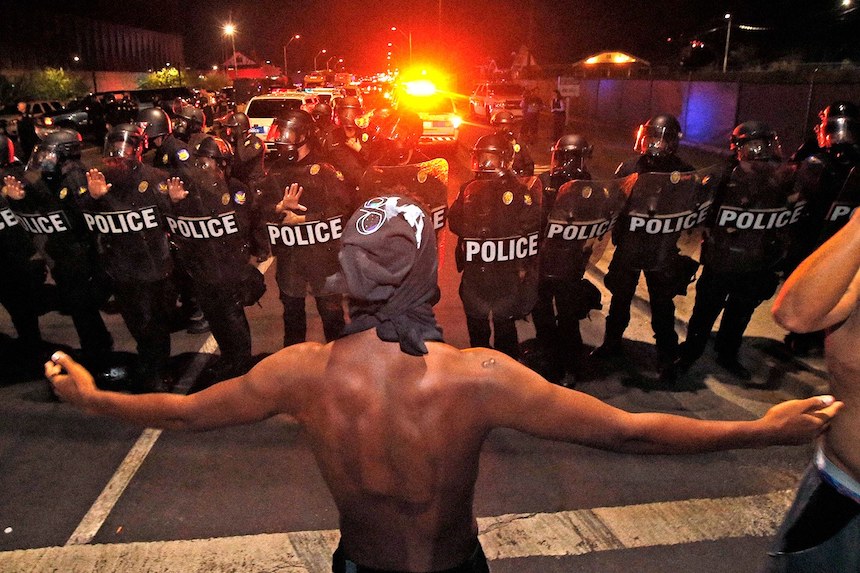
The racial biases of Whites in a community predict how many African-Americans are killed by police in a given area, according to results of a paper published in the journal Social Psychological and Personality Science.
Eric Hehman (Ryerson University), Jessica Flake (York University), and Jimmy Calanchini (Albert-Ludwigs-Univeristat Freiburg) developed a predictive model of lethal force by integrating crowd-sourced and fact-checked lethal force databases with regional demographics and measures of geolocated implicit and explicit racial biases collected from 2,156,053 residents across the United States.
SPSP says that Hehman and colleagues looked at use of lethal force against Whites and Blacks, and linked it with bias data from “Project Implicit” at Harvard and demographics from the 2010 U.S. Census. In all, the researchers analyzed 875 deaths from 1 January 2015 to 30 September 2015. Among these data, Black people represented 22.76 percent of all deaths, but constituted only 11.76 percent of the population.
“We expected many economic or demographic variables such as the overall wealth of an area, residential segregation, average levels of education in the area, or overall crime levels, to be involved” says lead author Hehman. However, they did predict racial disparities in police’s use of lethal force.
Instead, it was implicit bias, or the strength of peoples’ association between specific social groups and threat, that was the primary predictor. Specifically, regional implicit biases toward Blacks, or the implicit stereotypical association between Blacks and weapons, predicted Blacks being more likely to be killed by police. Where these biases were stronger, African-Americans were more likely to be killed by police.
The results, says Hehman, “indicates that this is not specifically a problem of police officers, but reveals that there is something about the broader communities and contexts in which these officers make speeded, life and death decisions that is associated with killing more African-Americans.”
Their work “provides the first macro-psychological statistical models of lethal force, indicating that the context in which police officers work is significantly associated with disproportionate use of lethal force,” write the authors.
— Read more in Eric Hehman, Jessica Flake, and Jimmy Calanchini, “Disproportionate use of lethal force in policing is associated with regional racial biases of residents,” Social Psychological and Personality Science (27 July 2017)

